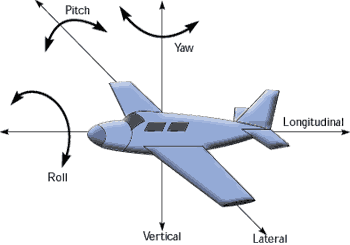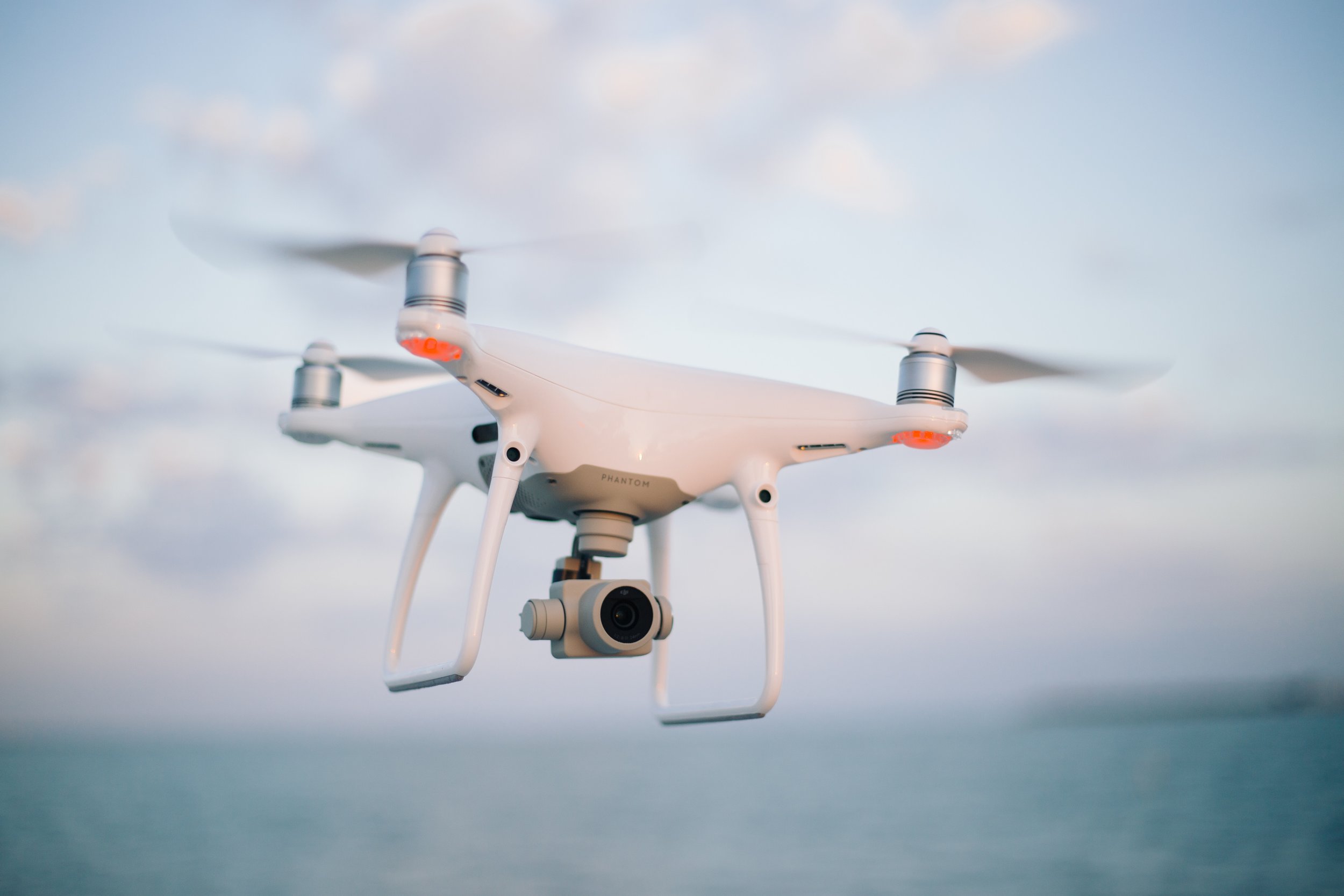The Four Forces of Flight
Four forces act upon an aircraft in relation to straight-and-level, un-accelerated flight; thrust, lift, weight, and drag.
Weight
The combined load of the airplane itself, the crew, the fuel, and the cargo or baggage. Weight pulls the airplane downward because of the force of gravity. It opposes lift, and acts vertically downward through the airplane’s center of gravity (CG).
Lift
Opposes the downward force of weight, is produced by the dynamic effect of the air acting on the wing, and acts perpendicular to the flightpath through the wing’s center of lift.
Thrust
The forward force produced by the powerplant/ propeller. It opposes or overcomes the force of drag. As a general rule, it is said to act parallel to the longitudinal axis.
Drag
The rearward, retarding force, and is caused by disruption of airflow by the wing, fuselage, and other protruding objects. Drag opposes thrust and acts rearward parallel to the relative wind.
Three Dimensional Movement
An aircraft moves in three dimensions and is controlled by moving it about one or more of its axes. The longitudinal or roll axis extends through the aircraft from nose to tail with the line passing through the CG. Movement about this axis is controlled by the ailerons. The lateral or pitch axis extends across the aircraft on a line through the wing tips again passing through the CG. Movement about this axis is controlled by the elevator. The vertical, or yaw, axis passes through the aircraft vertically, intersecting the CG. Movement about this axis is controlled by the rudder. All control movements cause the aircraft to move around one or more of these axes, and allows for the control of the aircraft in flight.
Center of Gravity
One of the most significant components of aircraft design is CG. It is the specific point where the mass or weight of an aircraft may be said to center; that is, a point around which, if the aircraft could be suspended or balanced, the aircraft would remain relatively level. The position of the CG of an aircraft determines the stability of the aircraft in flight. As the CG moves rearward (towards the tail) the aircraft becomes more and more dynamically unstable. In aircraft with fuel tanks situated in front of the CG, it is important that the CG is set with the fuel tank empty. Otherwise, as the fuel is used, the aircraft becomes unstable. The CG is computed during initial design and construction, and is further affected by the installation of onboard equipment, aircraft loading, and other factors.















